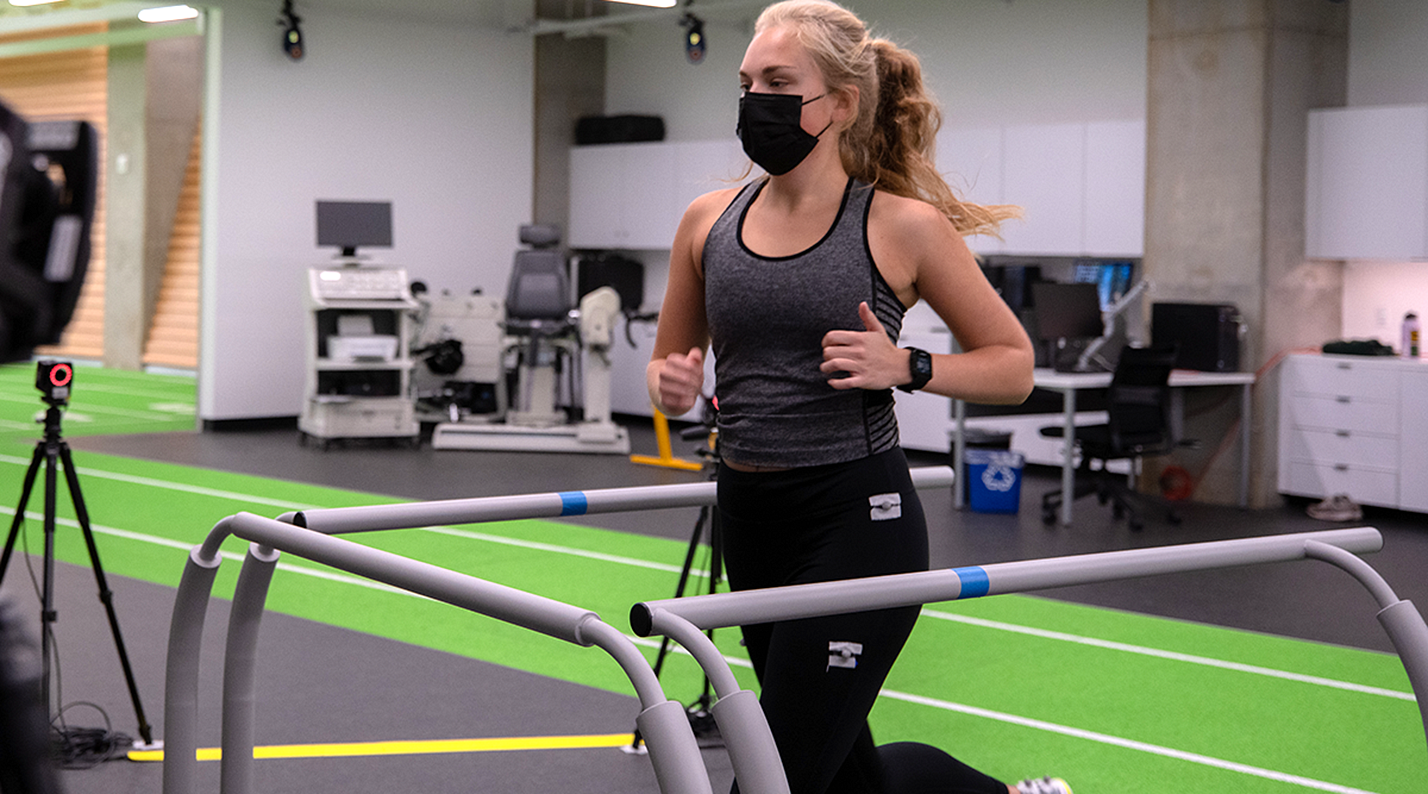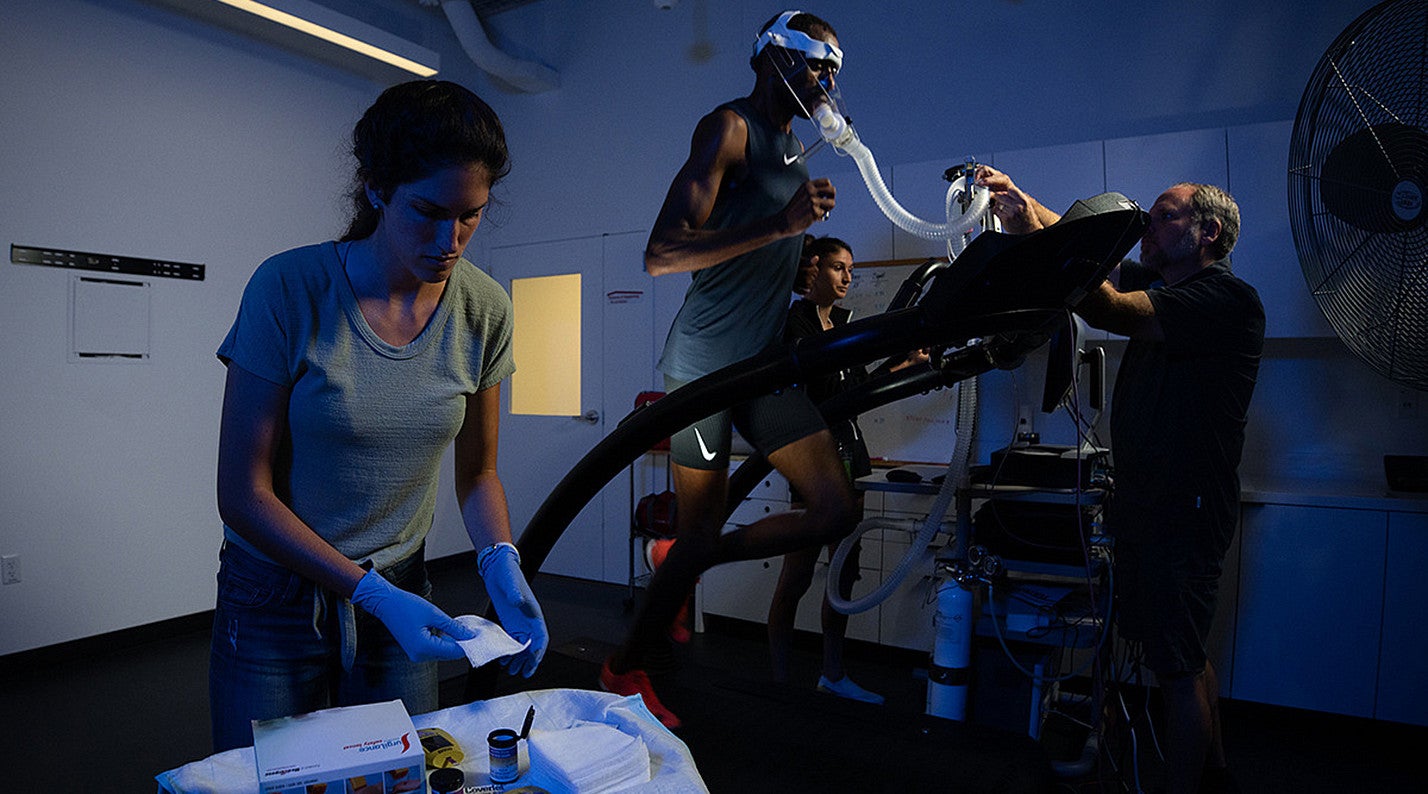Much of what we know about human health comes from the study of diseases like cancer, cardiovascular disease and brain disorders. The Wu Tsai Human Performance Alliance takes the opposite approach, studying peak performance — from the molecular level to the whole body — with the goal of enabling all people to achieve optimal health and well-being.
“It doesn’t matter whether you're an elite athlete, a developing athlete, an aging athlete, or anyone who wants to function at their best throughout their life … what we really want is for people to live longer, healthier and better lives,” said Robert Guldberg, UO, director of the Wu Tsai Human Performance Alliance at Oregon and vice president and the Robert and Leona DeArmond Executive Director of the Phil and Penny Knight Campus for Accelerating Scientific Impact.
The University of Oregon — with its long history of innovation in both science and athletics — is a founding member in the alliance, which was made possible by a generous gift from the Joe and Clara Tsai Foundation. Based at Stanford University and made up of six institutions, the alliance is trailblazing new possibilities through comprehensive research involving athletes of various ages, genders, ethnicities, abilities, and disciplines.
Alliance researchers are maximizing the impact of their work by freely distributing their findings — speeding the transformation of discoveries into new treatments, technologies and training protocols.
The Wu Tsai Human Performance Alliance at Oregon is centered in the Knight Campus but involves investigators from across the UO. With its emphasis on fast-tracking scientific discoveries into innovations that improve the quality of life, the Knight Campus was designed to catalyze new research opportunities like those presented through the alliance.
The alliance at Oregon is funding more than a dozen research projects, including the following examples.
A wearable sensor that’s powerful and imperceptible
Predicting and preventing muscle injury in female athletes
Better rehabilitation, without the hardware
Perpetuating performance research into the next decade
The Joe and Clara Tsai Foundation has pledged a total of $220 million over ten years to the six institutions in the alliance. UO donors — including Kendra and Ken Singer and Terri and Jon Anderson — have established an endowment that will support the UO’s contribution to the alliance, perpetuating this research and its impact on human health beyond the first decade.



